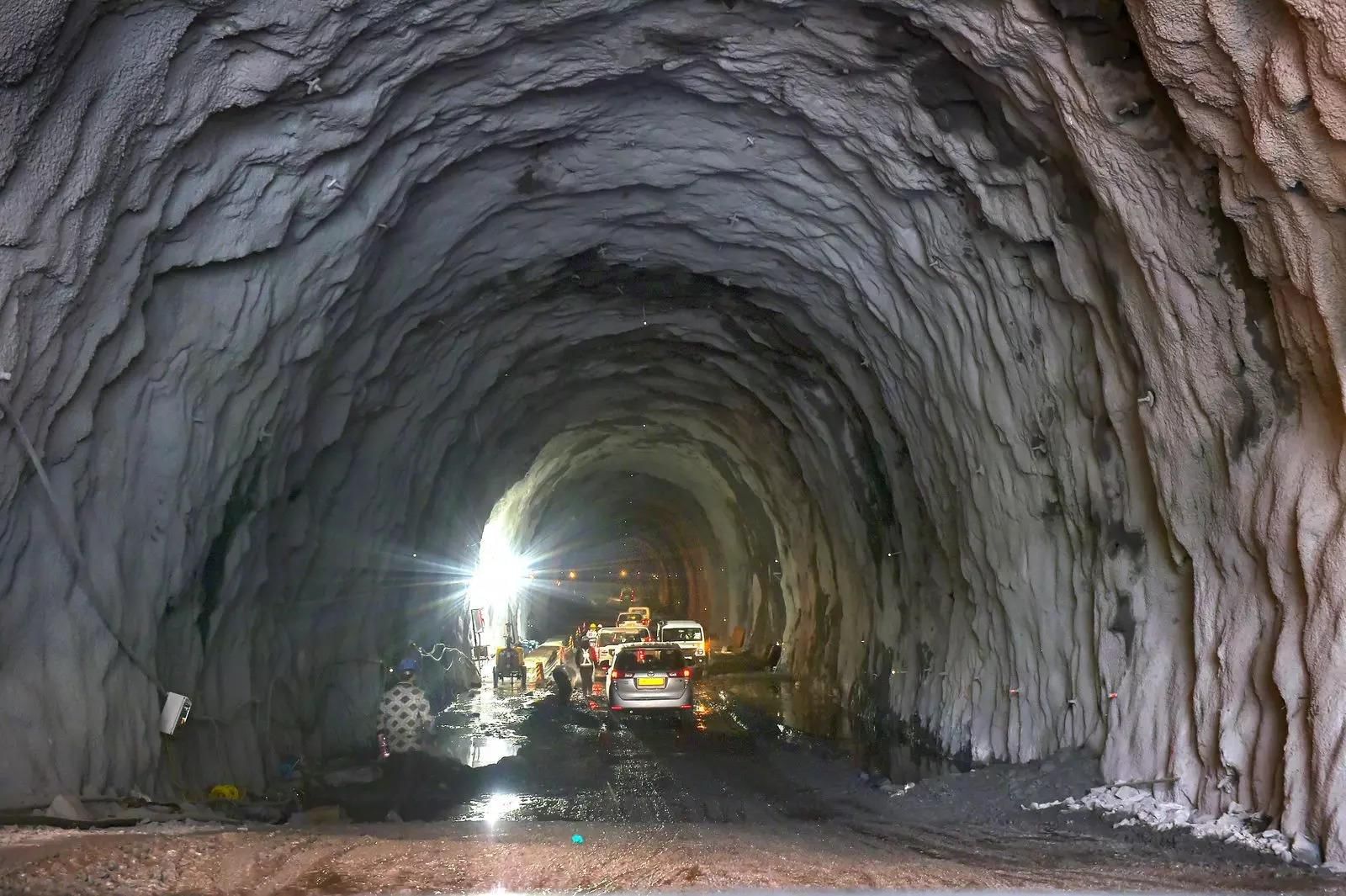Class 7 Geography Chapter 7 Question Answers - Life in the Deserts
Q1: Name the world’s largest desert.
Ans: Sahara
Q2: Which of the following countries does not touch the Sahara Desert?
a. Algeria
b. Egypt
c. Morocco
d. New Zealand
Ans: New Zealand
Q3: Hyenas found in the Sahara Desert are :
a. Plant
b. Animal
c. Oasis
d. Birds
Ans: Animal
Q4: Tafilalet Oasis in __________ is a large oasis with an area of about 13,000 sq. km.
Ans: Morocco
Q5: __________, one of the coldest inhabited places on Earth, is located in Ladakh.
Ans: Drass
Q6: Redstarts are a species of:
a. Fish
b. Wild goats
c. Birds
d. Plant
Ans: Birds
Q7: Name the capital of Ladakh.
Ans: Leh
Q8: Which of the following passes is not crossed by the Manali-Leh highway?
a. Rohtang La
b. Baralacha
c. Tanglang La
d. Zojila
Ans: Zojila
Q9: Where is a depression formed?
Ans: A depression is formed when the wind blows away the sand.
Q10: Ladakh is also known as Kahpachau. (True/False)
Ans: True
Q11: Name the two major hot deserts in Africa.
Ans: Kalahari and Sahara
Q12: The famous Atacama Desert is in Africa. (True/False)
Ans: False
Q13: The chiru is an endangered species hunted for its wool known as __________.
Ans: Shahtoosh
Q14: Ladakh is a __________ lying in the Great Himalayas.
Ans: Cold desert
Q15: Gangri glaciers are found in Ladakh. (True/False)
Ans: True
Q16: The National Highway 1A connects Leh to Kashmir Valley through the __________ Pass.
Ans: Zojila
Q17: Hemis in Ladakh is a famous:
a. Mosque
b. Temple
c. Church
d. Monastery
Ans: Monastery
Q18: How many countries touch the Sahara Desert?
Ans: Eleven
|
63 videos|371 docs|46 tests
|
FAQs on Class 7 Geography Chapter 7 Question Answers - Life in the Deserts
| 1. What animals are adapted to life in the desert? |  |
| 2. How do plants survive in the desert? |  |
| 3. How hot does it get in the desert? |  |
| 4. How do people living in the desert get water? |  |
| 5. What are some challenges of living in the desert? |  |

















